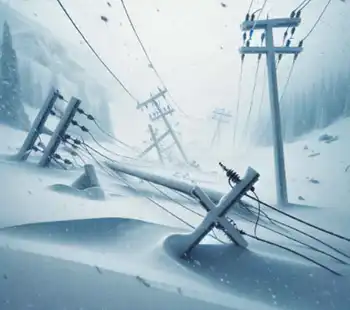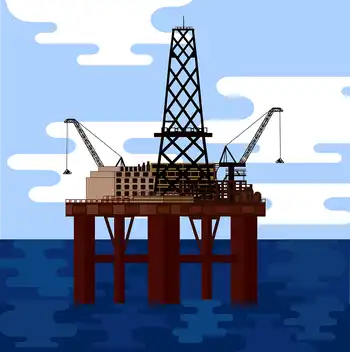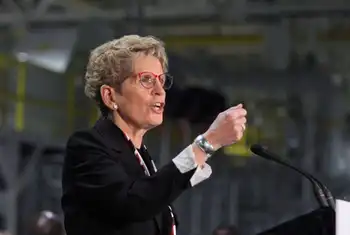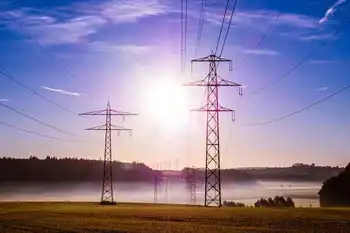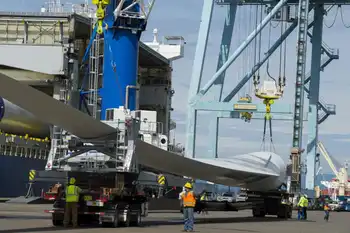Nuclear is a clean and safe alternative
By Investors Business Daily
CSA Z462 Arc Flash Training - Electrical Safety Essentials
Our customized live online or in‑person group training can be delivered to your staff at your location.

- Live Online
- 6 hours Instructor-led
- Group Training Available
More than 100 Americans have died in coal mines since 1984. Over that same period, not one American has died in a nuclear energy accident. In fact, no American has ever been killed in an atomic energy accident — and that includes any sailor in a Navy that makes extensive use of nuclear fission to power its fleet.
Worldwide, only 56 deaths are directly traceable to a nuclear energy accident. And all of those were the result of the 1986 Chernobyl disaster that has correctly been blamed on poor Soviet engineering and design, not atomic powers inherent risk.
When properly harnessed, nuclear power is a clean, steady source of renewable energy. It doesnt sling out ash, generate acid rain or emit mercury or arsenic. It has been safely used for decades in the U.S., Sweden, Switzerland, South Korea, Belgium and France. The last two use nuclear energy to meet more than half of their electricity needs.
On this side of the Atlantic, coal provides roughly half of Americas electrical power and serves as an indispensable link in our energy chain. With 275 billion tons in recoverable reserves, no other nation is as rich in coal. We have enough to meet domestic demand for 250 years.
These facts compel us to be strong supporters of coal and the jobs it provides. We also support nuclear energy and are convinced it can provide a much larger portion of our electrical energy needs.
The numbers, however, suggest that America — the worlds top economy and biggest energy consumer — has mishandled its energy policy.
While the U.S., with 104 commercial reactors at 65 plants, is the largest nuclear power provider on Earth, atomic energy generates just 20 of our electricity. Of the plants that the federal government once predicted wed have by now, only a 10th are in operation. A new reactor hasnt opened since Watts Bar 1 went online in Tennessee in 1996.
During the 2008 campaign, President Obama told the San Francisco Chronicle he wanted to put in place policies that would bankrupt anyone who tried to build a new coal plant. Once we make dirty energy expensive, he said, the plan is to develop and deploy clean, affordable energy.
He probably wasnt thinking then about nuclear energy as a clean, affordable alternative. But he should have been. Under a reasonable policy framework, men, rather than dying tragically in the mines, could be building and operating the nuclear reactors that will power a growing U.S. economy to midcentury and beyond.





